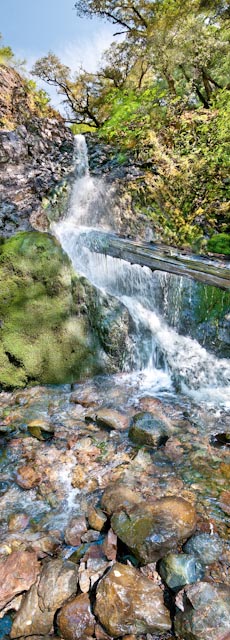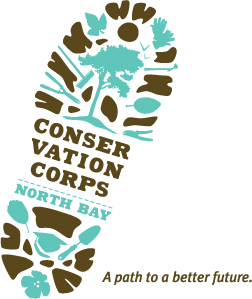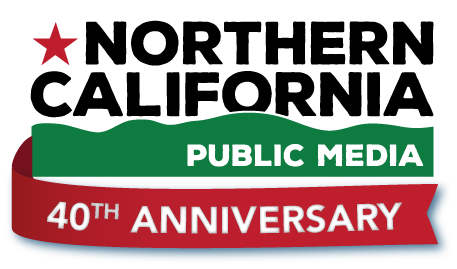The clarity of Lake Tahoe's water improved in 2011, but overall has remained nearly stable since 2000, according to UC Davis scientists who study the lake.
 The latest data released by the UC Davis Tahoe Environmental Research Center and the Tahoe Regional Planning Agency reported the average annual clarity level for 2011 at 68.9 feet, a 4.5-foot improvement over 2010, when average clarity levels were the second-worst on record.
The latest data released by the UC Davis Tahoe Environmental Research Center and the Tahoe Regional Planning Agency reported the average annual clarity level for 2011 at 68.9 feet, a 4.5-foot improvement over 2010, when average clarity levels were the second-worst on record.
Winter clarity last year continued a decade-long pattern of improvement, while summer clarity continued to decline at the same rate that it has since the late 1960s, when monitoring began.
Average annual clarity in the past decade has been better than in recent decades.Yet this year’s value is still more than two dozen feet away from the clarity restoration target of 97.4 feet set by federal and state regulators.

Stewards of the Coast and Redwoods, a Sonoma County non-profit that has long provided interpretation, restoration and other services, has applied to the California State Parks Department to assume responsibility for operating Austin Creek State Recreation Area (currently on the closure list) and Sonoma Coast State Park. Working with the Parks Alliance for Sonoma County, Stewards’ proposal would expand its work to include campground operations and fee collection.
State budget cuts over recent years have caused the seasonal closure of Austin Creek’s Bull Frog Pond Campground, many coastal State Park access points and numerous coastal campsites. The full closure of Austin Creek SRA is proposed as part of a 70-park closure plan for July 1.
 Stewards’ proposal, if accepted, would keep these areas open and use locally-raised funds for local costs including campground operations, State Park rangers and seasonal staff, trash service, trail maintenance, septic system pumping and restroom maintenance. With staffing at an all time low, funds could keep seasonal staff employed, who might otherwise lose their jobs. Ironically, visitation to state parks has increased during the economic downturn and funding for state parks has decreased.
Stewards’ proposal, if accepted, would keep these areas open and use locally-raised funds for local costs including campground operations, State Park rangers and seasonal staff, trash service, trail maintenance, septic system pumping and restroom maintenance. With staffing at an all time low, funds could keep seasonal staff employed, who might otherwise lose their jobs. Ironically, visitation to state parks has increased during the economic downturn and funding for state parks has decreased.
Stewards believes their proposal creates a win/win for local State Parks with Stewards generating new revenue on the coast via new collection stations at day-use parking lots where services, such as restrooms and trailheads, are provided. Executive Director Michele Luna contends that “these are different and unprecedented times when closing parks is very real, as evidenced by the service reductions we have seen on Sonoma Coast since 2009. It’s time for our local communities to take responsibility for our parks and help keep them open with volunteer and local fundraising efforts. Stewards has raised funds through local contributions in the town of Jenner to keep the Visitor Center and restroom open since 2009.”
Read more: Stewards Proposes Operating Agreement for Austin Creek and Sonoma Coast
 Two Sonoma County nonprofit conservation groups, Sonoma Land Trust and LandPaths, have announced the creation of a new 554-acre nature preserve on the Bohemia Ranch located between Occidental and Monte Rio near Camp Meeker. The forested land adjacent to the famous Bohemian Grove contains a waterfall, camping potential and fields of rare plants. The new preserve, named the Bohemia Ecological Preserve, was created through the purchase of a conservation easement by Sonoma Land Trust and a pending donation of the restricted land by Ted and Phyllis Swindells to LandPaths, which will manage the property for resource protection and public use.
Two Sonoma County nonprofit conservation groups, Sonoma Land Trust and LandPaths, have announced the creation of a new 554-acre nature preserve on the Bohemia Ranch located between Occidental and Monte Rio near Camp Meeker. The forested land adjacent to the famous Bohemian Grove contains a waterfall, camping potential and fields of rare plants. The new preserve, named the Bohemia Ecological Preserve, was created through the purchase of a conservation easement by Sonoma Land Trust and a pending donation of the restricted land by Ted and Phyllis Swindells to LandPaths, which will manage the property for resource protection and public use.
“It is inspiring to see two of our leading land organizations — Sonoma Land Trust and LandPaths — come together to craft a deal that will not only protect this spectacular property for all time, but also ensure that the public has access to it without burdening our parks budget,” said Sonoma County Fifth District Supervisor Efren Carrillo.
Bohemia Ranch has long been sought by West County residents as a park. In the late 1990s, Grateful Dead drummer Mickey Hart headlined a benefit concert to raise money for a purchase, but the property was sold with some conservation restrictions. A second effort to create a county regional park in 2010 faltered as funding diminished.
It was then that a collaboration formed between the nonprofit organizations, Sonoma Land Trust and LandPaths — and the Swindells and the W. Parish family (which was interested in purchasing a portion of the ranch) — to explore the idea of an accessible preserve on a portion of the ranch.
“These times with uncertain public funding push us to be creative,” said Ralph Benson, Sonoma Land Trust executive director. “While it won’t be a public park, much of the land will be opened to public use by LandPaths. LandPaths has extensive experience in connecting people with the land and will be an innovative steward of this special property.”
Read more: New 554-acre Bohemia Ecological Preserve created near Occidental
 Conservation Corps North Bay (CCNB) is restoring the segment of Copeland Creek from Commerce Blvd to upstream of Snyder Lane in Rohnert Park. The work is being done in partnership with the Sonoma County Water Agency through grant funding from the California Natural Resources Agency,
Conservation Corps North Bay (CCNB) is restoring the segment of Copeland Creek from Commerce Blvd to upstream of Snyder Lane in Rohnert Park. The work is being done in partnership with the Sonoma County Water Agency through grant funding from the California Natural Resources Agency,
This project will remove 10 acres of overgrown exotic vegetation such as Acacia, Himalayan Blackberry and Privet and replant the area with native riparian grasses, bushes and trees. This will enhance critical habitat, offset vehicle emissions, and provide additional wetland mitigation.
Copeland Creek parallels a multi-use trail frequented by students from over 15 education facilities including Rancho Cotate, Phoenix and El Camino High School, Technology High School, Sonoma State and local citizens.
“Walkers, runners and bicyclists feel safer now that we have opened up the line of sight down to the creek and have commented on the enhanced aesthetic value which has created a more ‘park-like’ setting,” Crew Supervisor Emily Byrnes observed. “The corpsmembers are able to hear on a daily basis the public’s appreciative comments and are able to reflect on the positive impact they are making in the community.”
Read more: Habitat Restoration and Enhancement at Copeland Creek
 A University of California wildlife research team working in the Sierra Nevada is asking the public to donate clean, gently used socks for research on a rare weasel called the Pacific fisher.
A University of California wildlife research team working in the Sierra Nevada is asking the public to donate clean, gently used socks for research on a rare weasel called the Pacific fisher.
The team is part of the Sierra Nevada Adaptive Management Project (SNAMP), which is examining the effects of forest thinning, as currently done by the U.S. Forest Service, on the health of local wildlife, the forest and water resources.
But what kind of research could go through hundreds of socks a month?
After years of experimentation, the research team has determined that socks are the ideal receptacle for hanging fisher bait in trees. The baited socks are hung in trees in view of motion-activated cameras. As the animal moves, climbing the tree and chewing on the sock, the camera takes photos that allow the scientists to identify the species.

 Live Radio
Live Radio